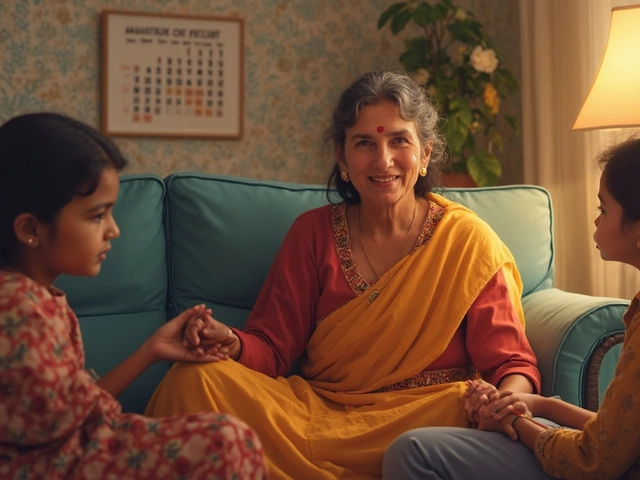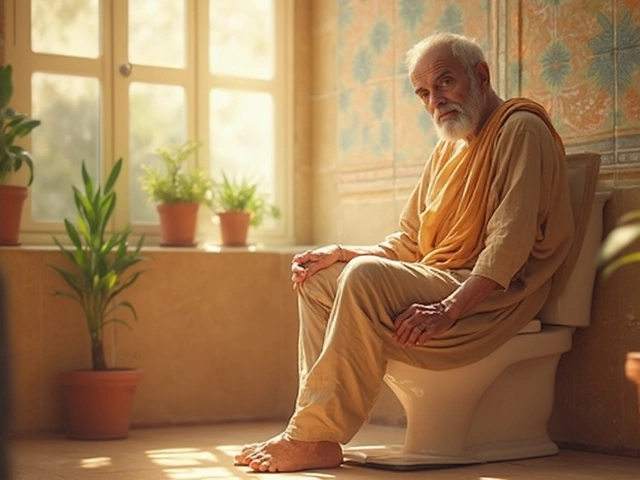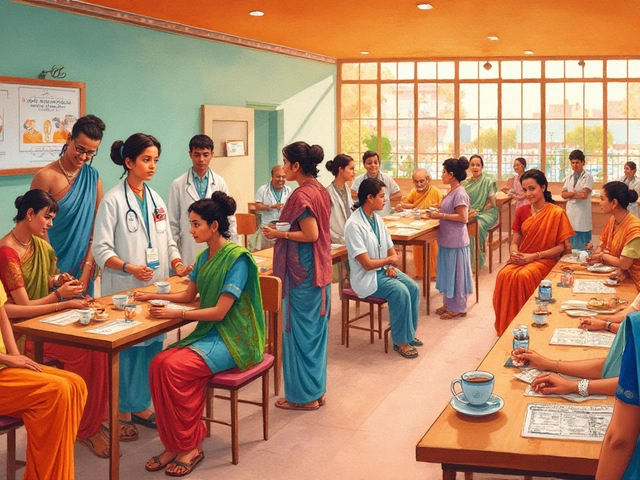Legitimate Pharmacies: How to Spot a Safe Pharmacy in India
Ever walked into a pharmacy and wondered if the medicines on the shelf are genuine? In India, fake drugs are a real threat, and buying from an unverified store can put your health at risk. The good news is you don’t need a detective’s badge to tell a legitimate pharmacy from a sketchy one. A few simple checks can save you from costly side effects and wasted money.
Red Flags of Fake Pharmacies
First, look for signs that something isn’t right. A pharmacy that doesn’t display a valid Drug License Number from the State Drug Controller is a major warning. If the shop is unusually cheap on big‑brand pills, that’s another clue—authentic drugs rarely drop 50 % off overnight. Poor lighting, missing shelves for over‑the‑counter products, and staff who can’t answer basic questions about dosage or side effects also point to a problem. Finally, be wary of places that only accept cash and refuse to show receipts; legitimate stores keep records for safety and accountability.
Quick Ways to Verify a Pharmacy’s Authenticity
Now that you know what to avoid, here’s how to confirm a pharmacy is legit. Start by checking the pharmacy’s license number on the official state portal—just type the number into the search box and you’ll see if it’s active. Next, use the pharmacy verification apps that many Indian states provide; a quick scan of the QR code on the shop’s sign tells you if the outlet is registered. Look for a clear GSTIN on the invoice; genuine pharmacies list it on every receipt. If you can, ask the pharmacist to show you a batch number for the medicine you want; you can then verify that batch on the manufacturer’s website.
Another easy trick is to call the drug’s manufacturer directly. Most big pharmaceutical companies have a toll‑free line where you can confirm whether a batch number or expiry date matches their records. It sounds like extra work, but it’s worth it when you consider the health risks of counterfeit pills—wrong ingredients, wrong dosage, or even toxic substances.
Online pharmacies are booming, but the same rules apply. Look for e‑pharmacy certifications like the “e‑pharma” seal from the National Accreditation Board for Hospitals & Healthcare Providers (NABH). Check that the website lists a physical address, a valid license, and a contact number that actually rings. Avoid sites that push you to chat with a “doctor” via WhatsApp without any credentials.
When you finally pick a medicine, compare the packaging with a picture from the manufacturer’s official site. Spot any spelling errors, missing holograms, or blurred logos—counterfeit packs often cut corners on design. Keep the original packaging until you’re sure the drug works, and store it in a cool, dry place as recommended.
Lastly, trust your gut. If the pharmacist seems rushed, dismissive, or unable to answer straightforward questions, walk away. A reputable pharmacy values informed customers and will gladly provide the information you need.
By following these steps—checking licenses, using verification tools, confirming batch numbers, and staying alert—you can confidently pick a legitimate pharmacy and protect yourself from harmful fake medicines. Your health deserves nothing less than a trustworthy source for every prescription.

Legit Online Pharmacies: How to Spot the Real Deal
Shopping for medications online can be convenient, but navigating the plethora of internet pharmacies can be daunting. Learn how to identify legitimate online pharmacies, ensuring you are purchasing from safe and reliable sources. Understand the red flags to avoid scams and protect your health. Discover tips and tricks to verify the authenticity of online sellers, empowering you to make informed decisions. Stay safe with these key insights into the world of online pharmacies.




